Author: Tao Yanyan
In January 2023, the overall car sales in major European markets were weak, and most countries were still in a range compared to the same period last year. However, looking at the month-on-month data, almost all countries are declining. Overdrawn demand is evident in countries like Germany and Norway. Therefore, no matter from which channel, the demand for European cars in Q1 2023 is weak.
Looking at the European new energy vehicle market by country, due to many countries facing subsidy reduction, it accounts for half of the fleet market. In order to cater to the changes in subsidies and taxes, several countries have even declined by 96% compared to the previous month, similar to the subsidy policy at the end of last year in China. In order to seize the time node of the policy, it is indeed a means that everyone would use, and it is natural to seek advantages and avoid disadvantages. However, this ultimately leads to the base period of demand for November-December 2022 losing its reference significance month by month.
Looking ahead to the first quarter, there are the following trends:
- As the supply of cars returns to normal, the problem of order backlog is really a headache for all enterprises.
- The high penetration rate of new energy vehicles in Europe cannot be sustained by Germany’s financial power alone, and it still needs to rely on the development of product strength.
- The year-on-year data for January is still okay, but the sales of cars for the whole year of 2023 may not be as good as expected.
Chinese car companies are exporting cars to Europe on a large scale, which has aroused potential impacts worth observing.
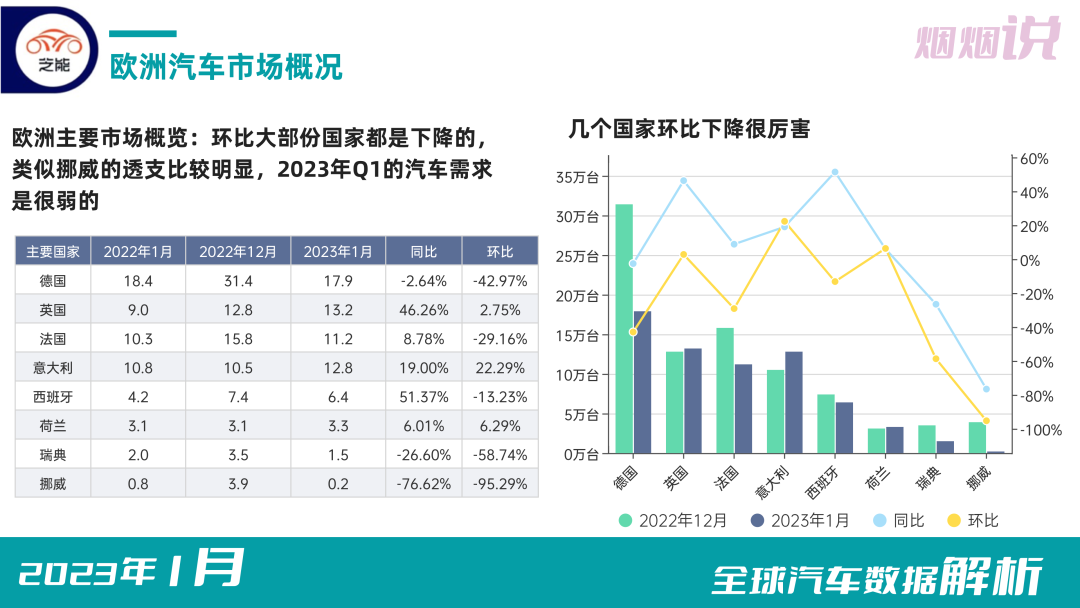
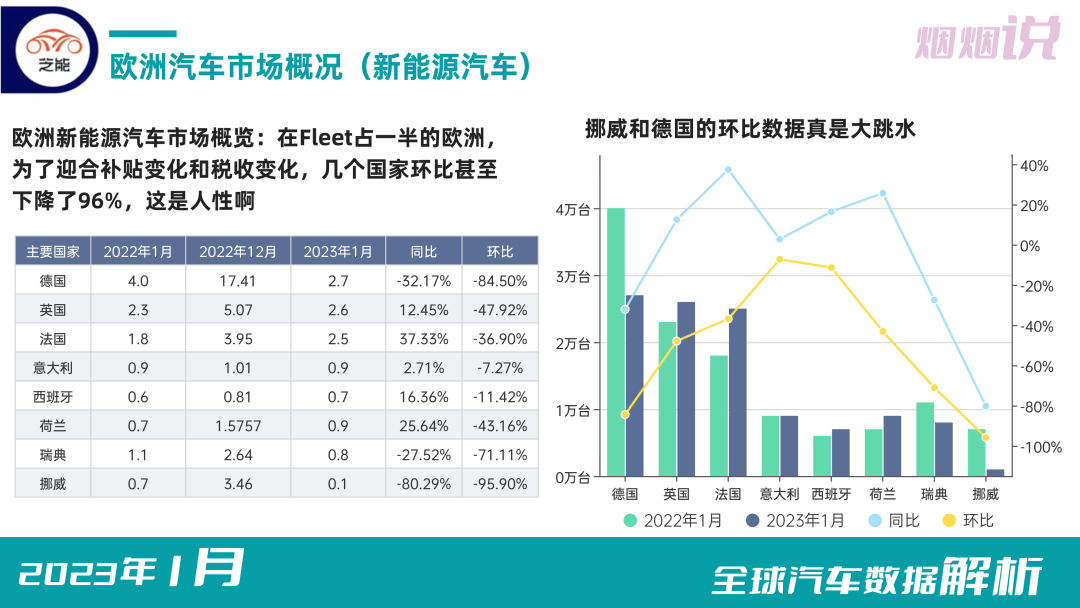
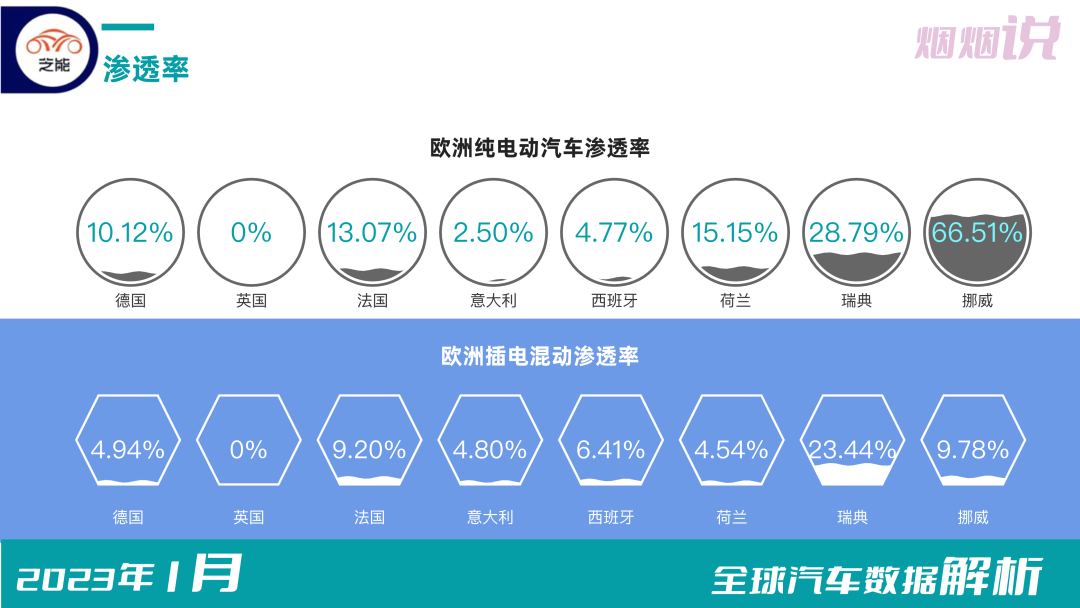
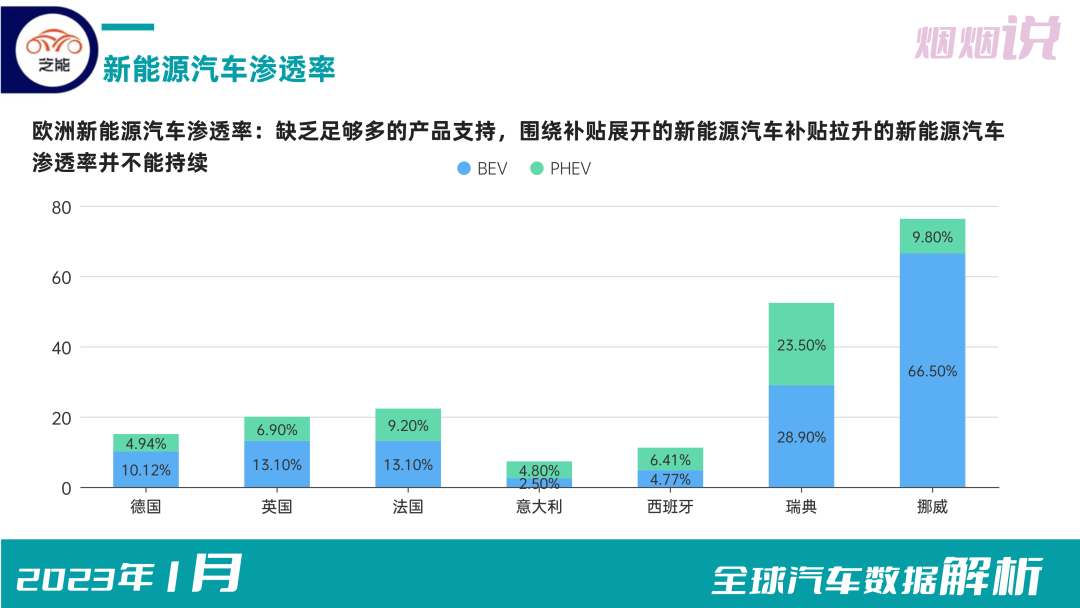
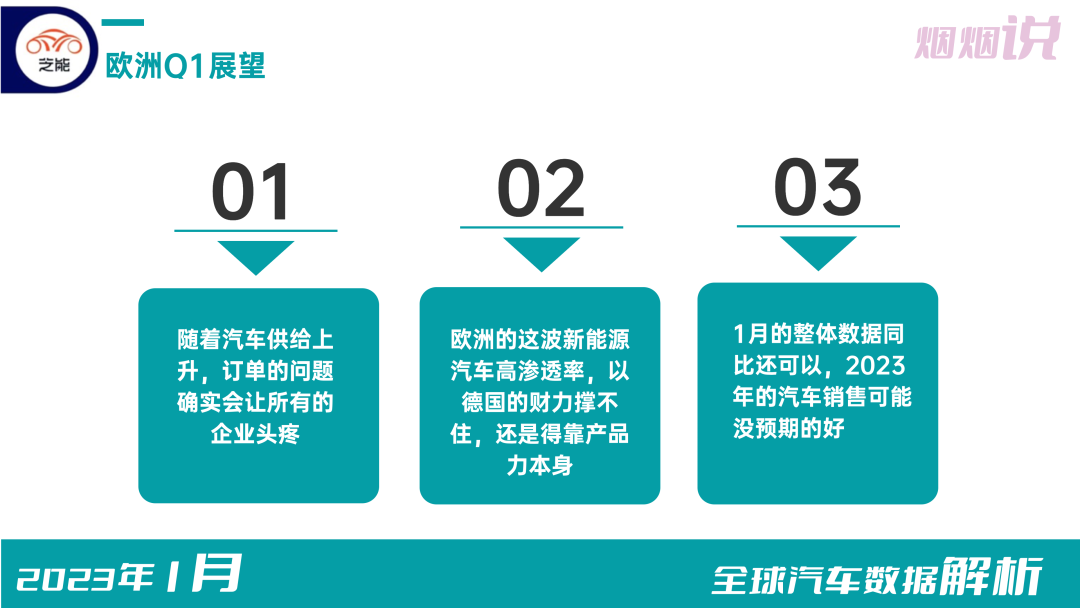
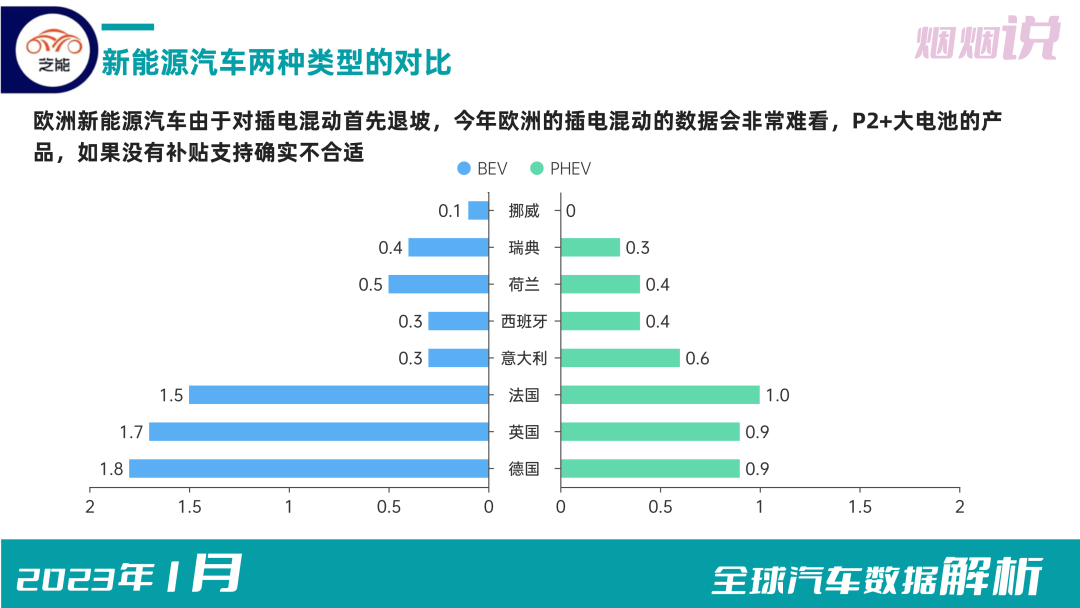
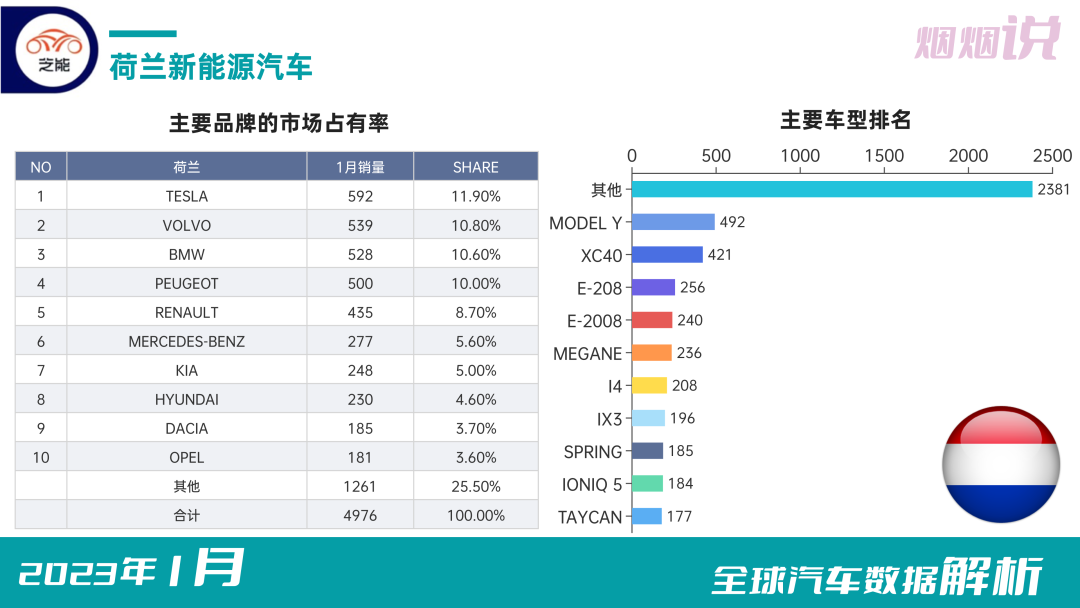
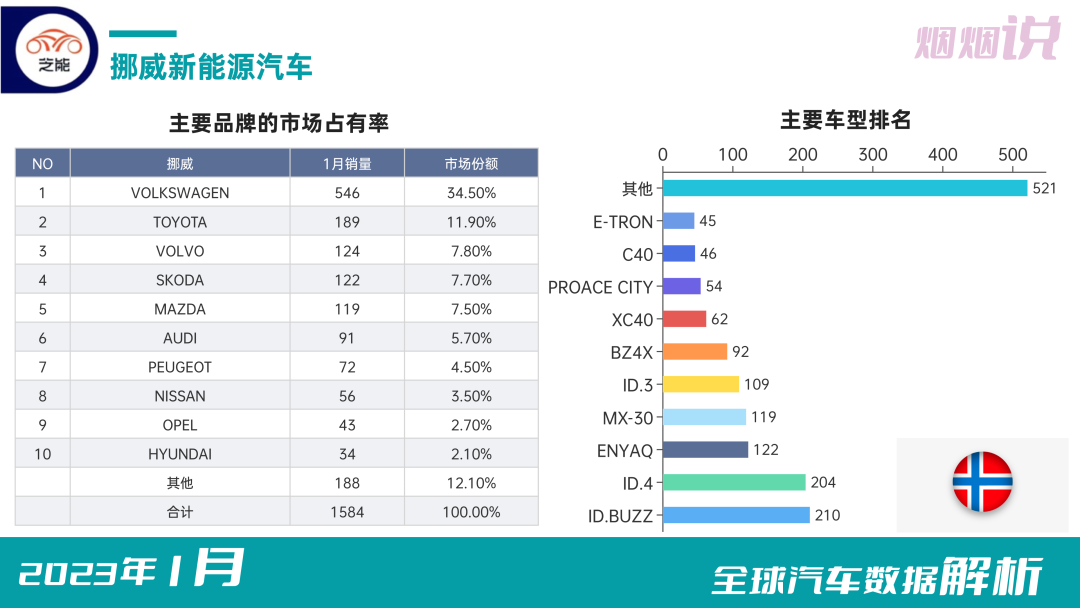
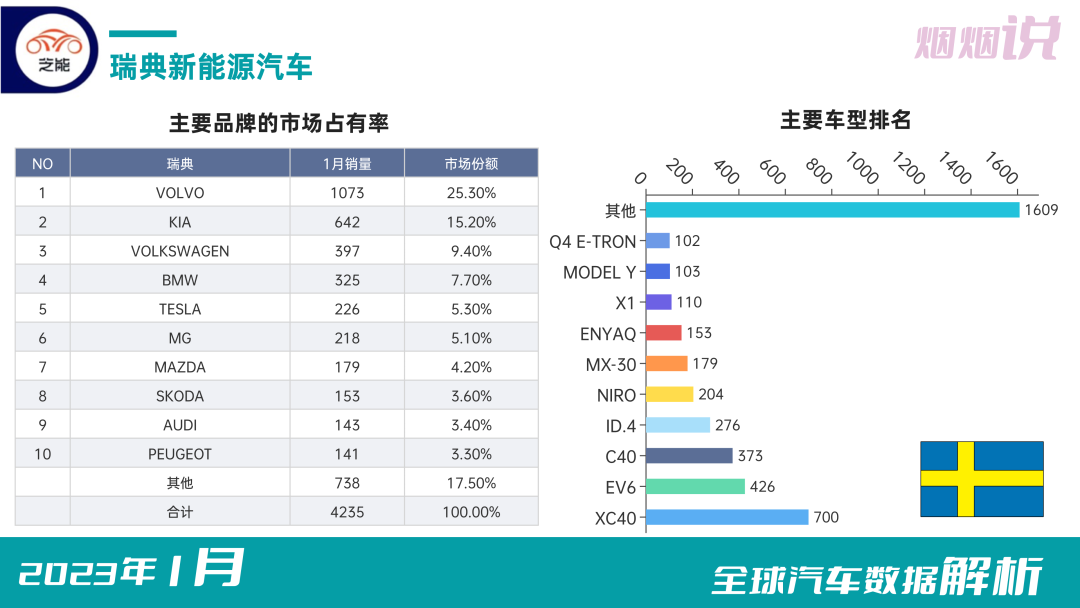
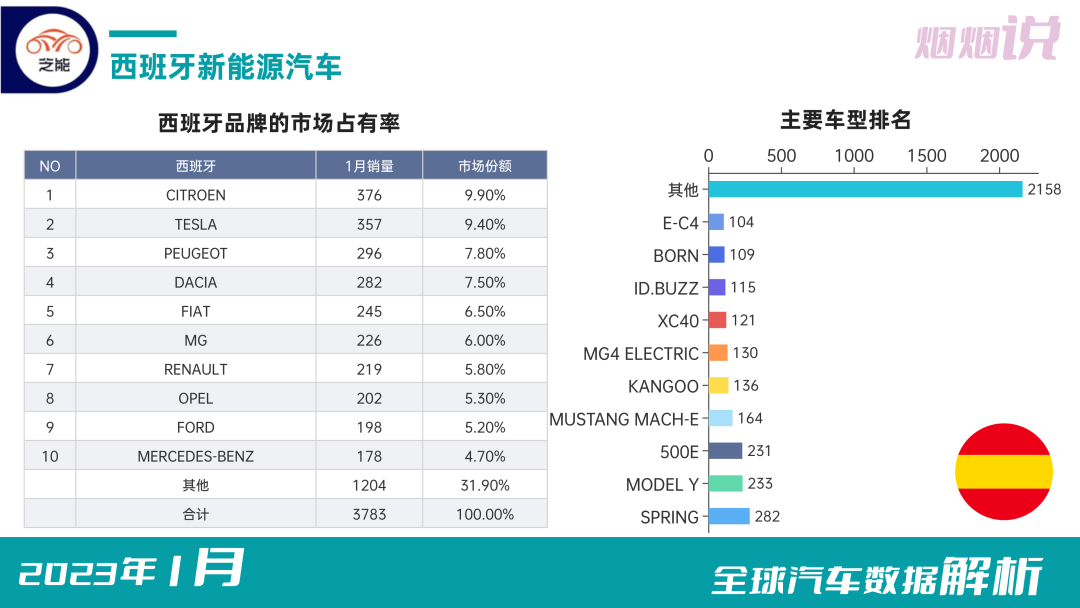
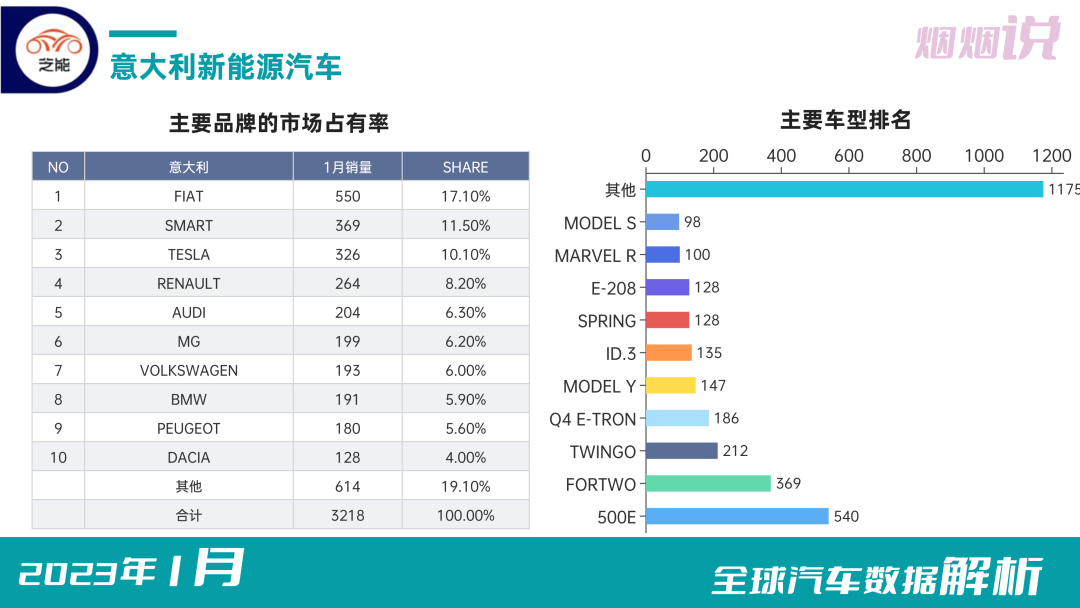
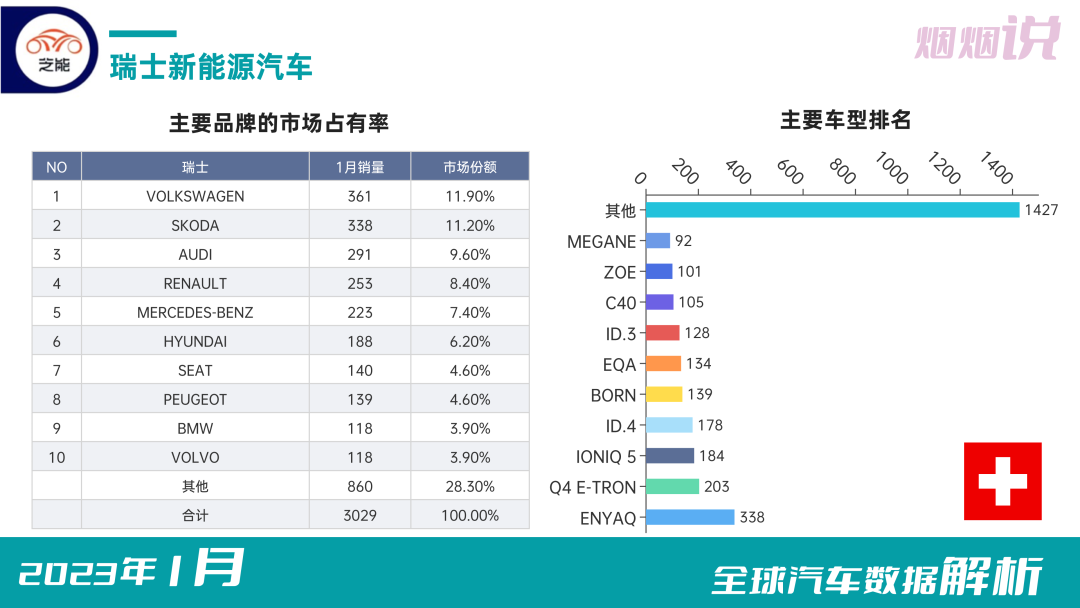
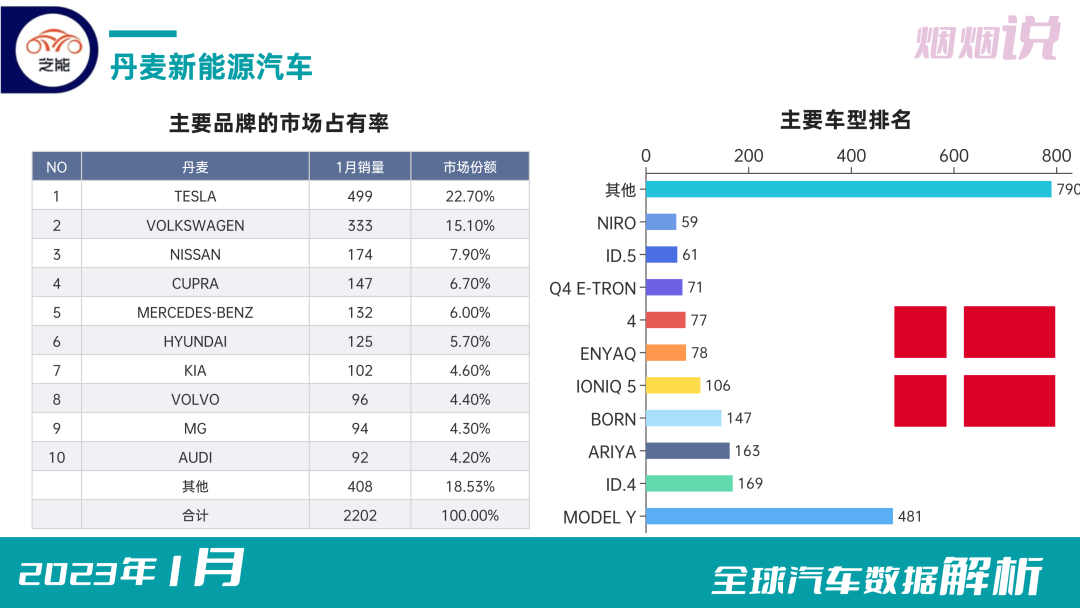
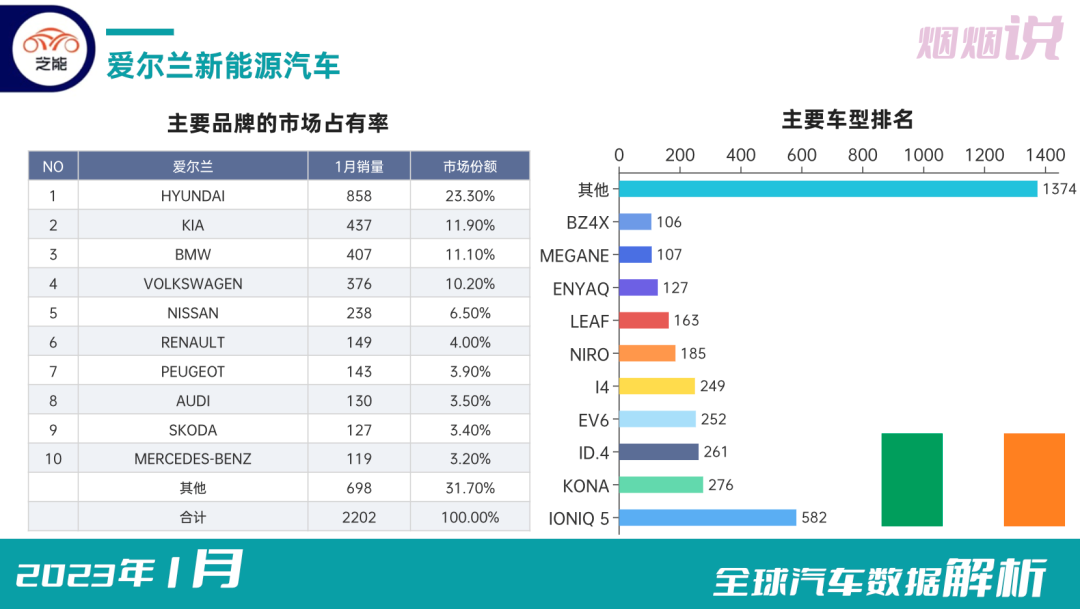 “`
“`
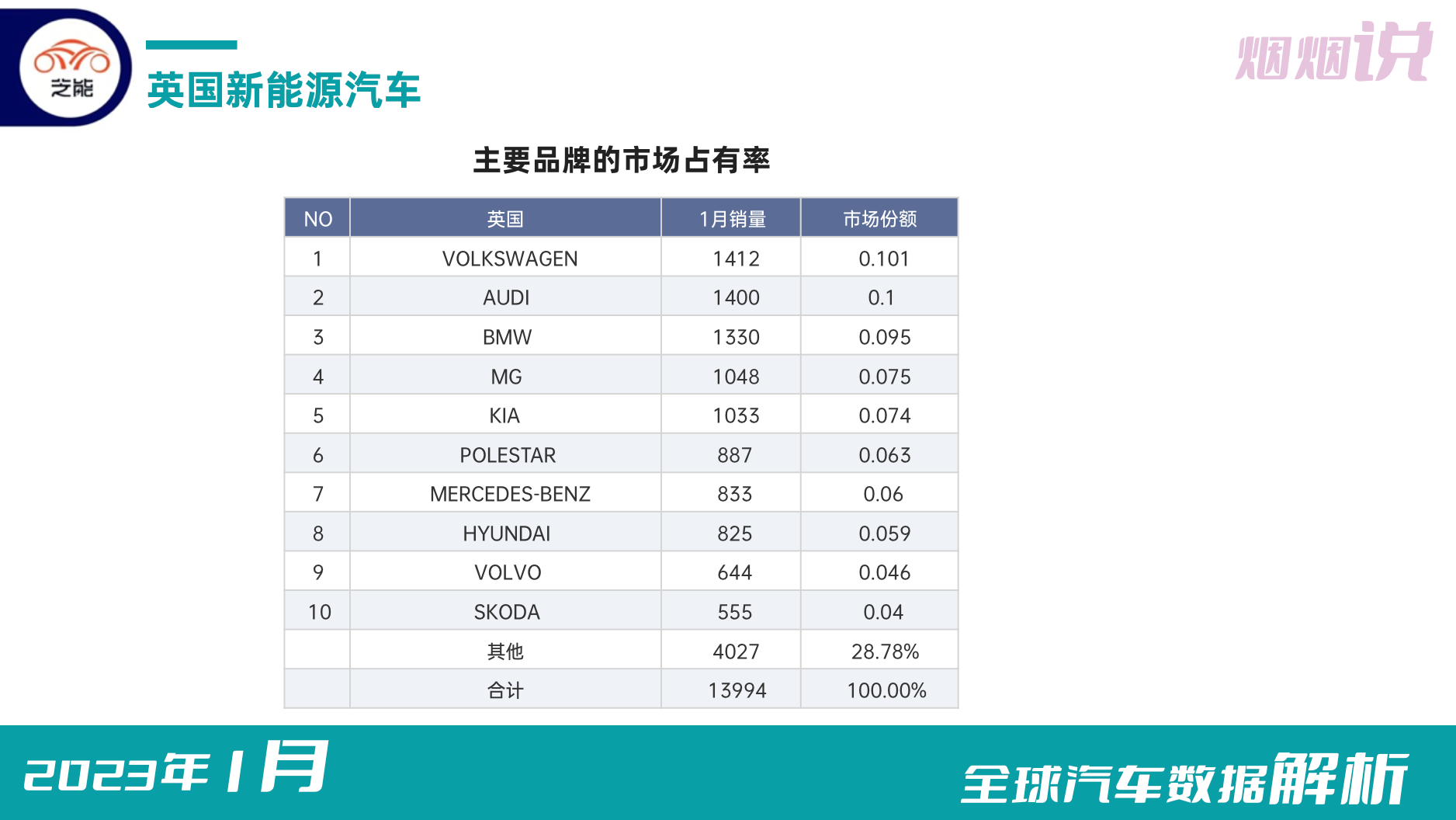
Translated to English Markdown with retained HTML tags:

“`
This article is a translation by ChatGPT of a Chinese report from 42HOW. If you have any questions about it, please email bd@42how.com.
